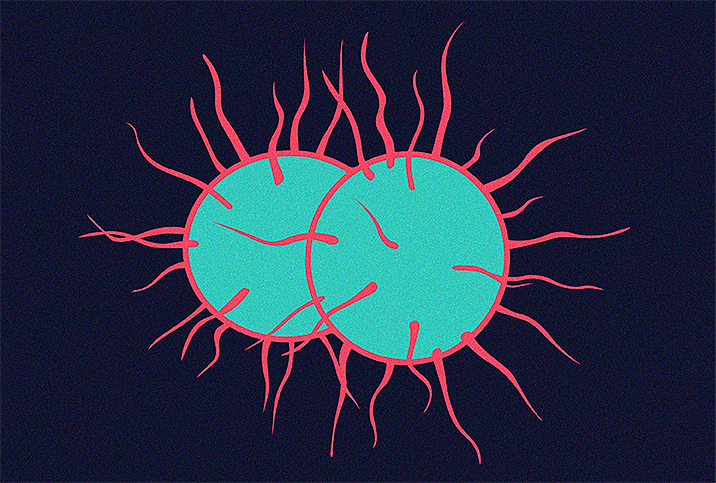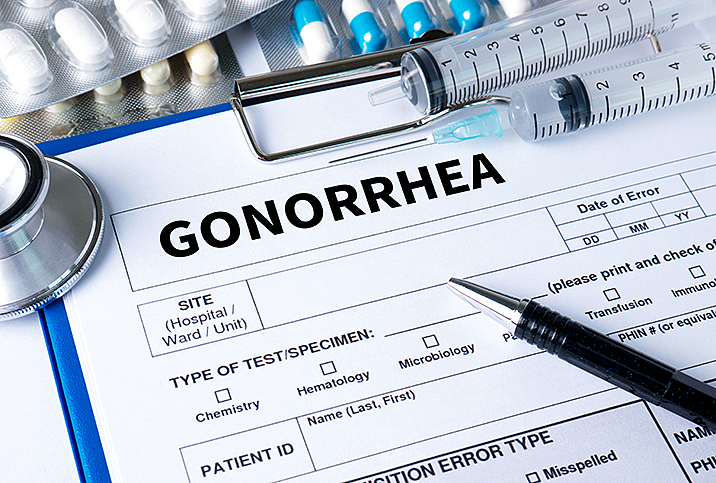Gonorrhea Is on the Rise—Why?

“California Health Officials Concerned Over Rise in Severe Gonorrhea Cases.”
“Michigan Data Shows Alarming Increase In Gonorrhea Cases.”
If you think these headlines sound like they came from a bygone era, you’re very wrong. This is very much happening now.
And California and Michigan aren’t alone in battling increased rates of easily treatable sexually transmitted diseases (STDs). As of 2018, the combined cases of syphilis, gonorrhea and chlamydia had reached an all-time high in the United States, according to the Centers for Disease Control and Prevention (CDC).
A refresher course
Gonorrhea has a long history of causing health problems, going back as far as 200 B.C. Major outbreaks happened in the 1160s in England and in the 1250s across Europe. It was not until the introduction of antibiotics in the 1940s that the bacterial infection began to be controlled.
To refresh your memory, gonorrhea is a sexually transmitted disease that’s passed via unprotected vaginal, anal or oral sex. It likes warm, moist areas of the body and can grow in the vagina, urethra, throat, anus, eyes and even the female reproductive tract, specifically the fallopian tubes, uterus and cervix. On occasion, gonorrhea can cause permanent damage to the urethra and testicles.
Symptoms usually present within two to 14 days of exposure, but it’s important to remember that some people may have no symptoms at all and can unwittingly spread the disease.
Gonorrhea symptoms in males usually present first with burning or painful urination, followed by some or all of the following:
- More frequent urination
- Discharge from the penis that’s pus-like with a white, yellow, beige or greenish coloring
- Redness or swelling of the penis, especially at the opening
- Testicular pain or swelling
- A sore throat that won’t go away
Gonorrhea diagnosis & treatment
To test for gonorrhea, doctors will usually take a swab sample of any discharge from the symptomatic area. But if they suspect gonorrhea has already infected the person’s blood or joints, they may take a blood sample for testing, too.
Preliminary test results for gonorrhea are usually available within 24 hours but can take up to three days. Once you’ve been diagnosed, a round of antibiotics usually provides relief in as little as a few days.
Why the gonorrhea resurgence?
If it’s so easily treatable, why is the infection rate for gonorrhea at an all-time high? Health experts cite a matrix of issues that may be affecting the infection rate for gonorrhea and other treatable STDs:
- The opioid crisis. The CDC explains that opioids’ loosening of people’s inhibitions may lead them to be less stringent about practicing safe sex.
- The decline in condom use. HIV medications are widely available, which leads some experts to think that people are less concerned about contracting STDs in general, leading to more casual abandonment of condom use and proper caution around the “lesser” STDs.
- Funding cuts. The CDC cites substantial funding cuts for STD programs nationwide as one possible reason for reduced condom use. Since 2003, the CDC’s STD prevention budget has been slashed by 40 percent, with states following suit. Research suggests that a reason young people account for so many new cases of treatable STDs is because budget cuts often result in less access to comprehensive sex education.
Communication is everything
Gonorrhea may not carry the grave perception of HIV or other STDs, but it’s certainly nothing to mess with: Long-term consequences can include urethra scarring or an abscess developing in the interior of the penis. Additionally, gonorrhea can cause pelvic inflammatory disease (PID) in women, which can lead to chronic pain, reproductive damage and even ectopic pregnancy.
If you suspect you’ve been exposed to gonorrhea, get tested ASAP. If the results come back positive, inform any recent sexual partners immediately.

















